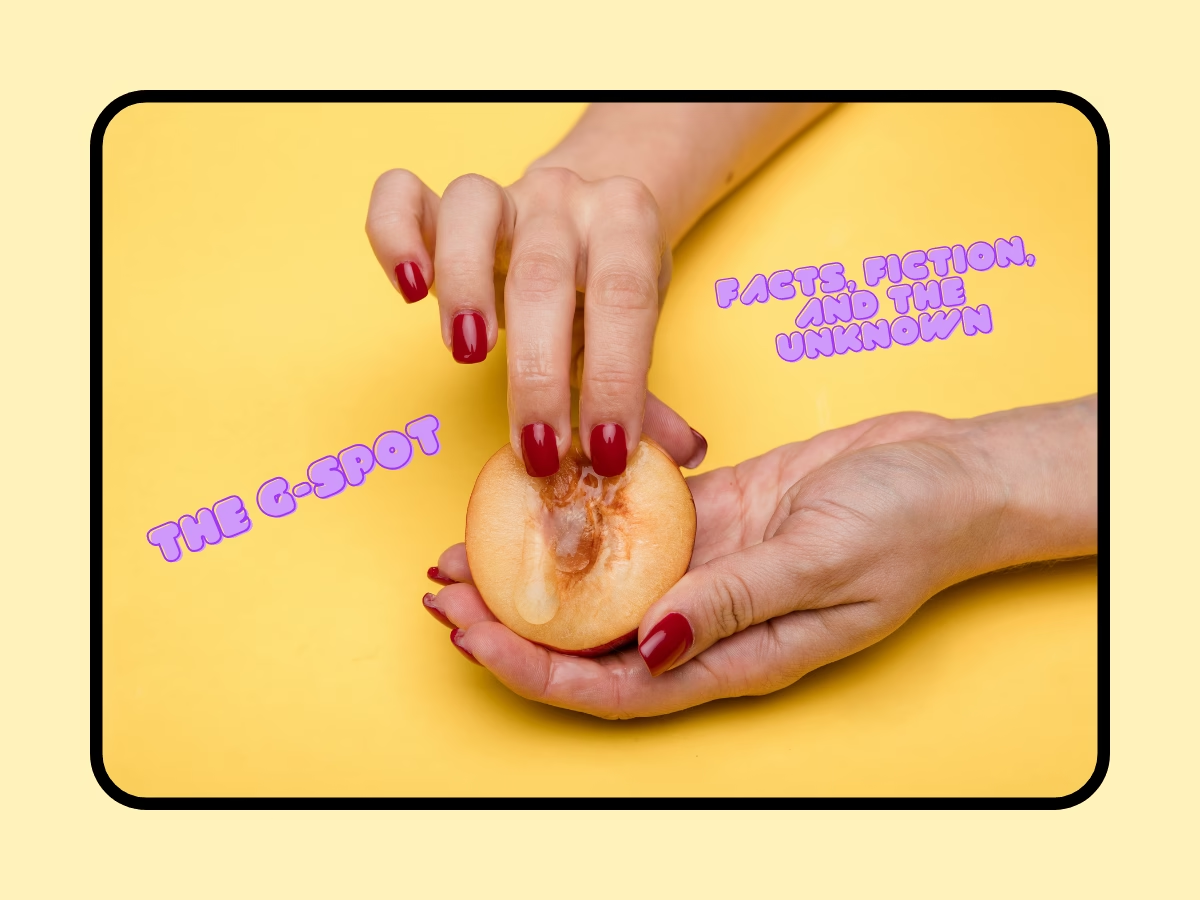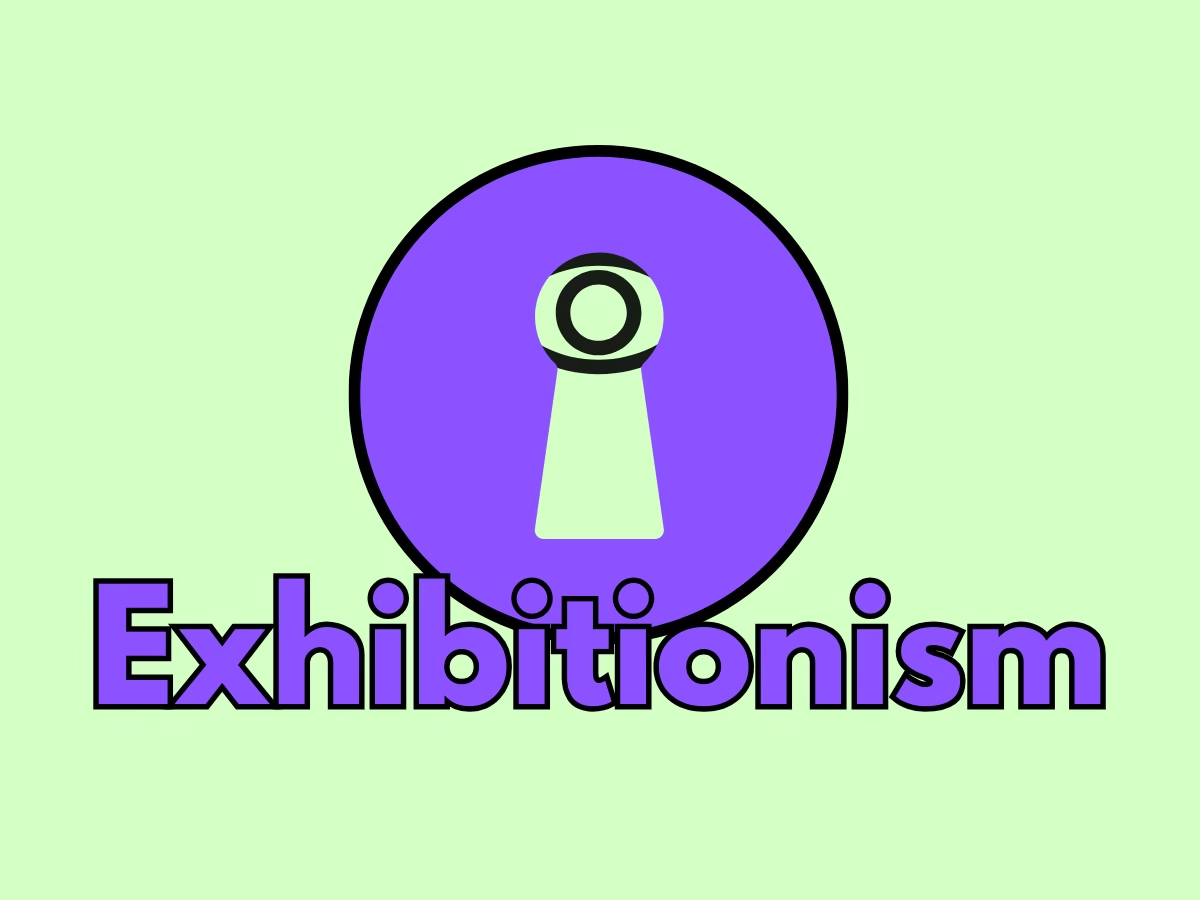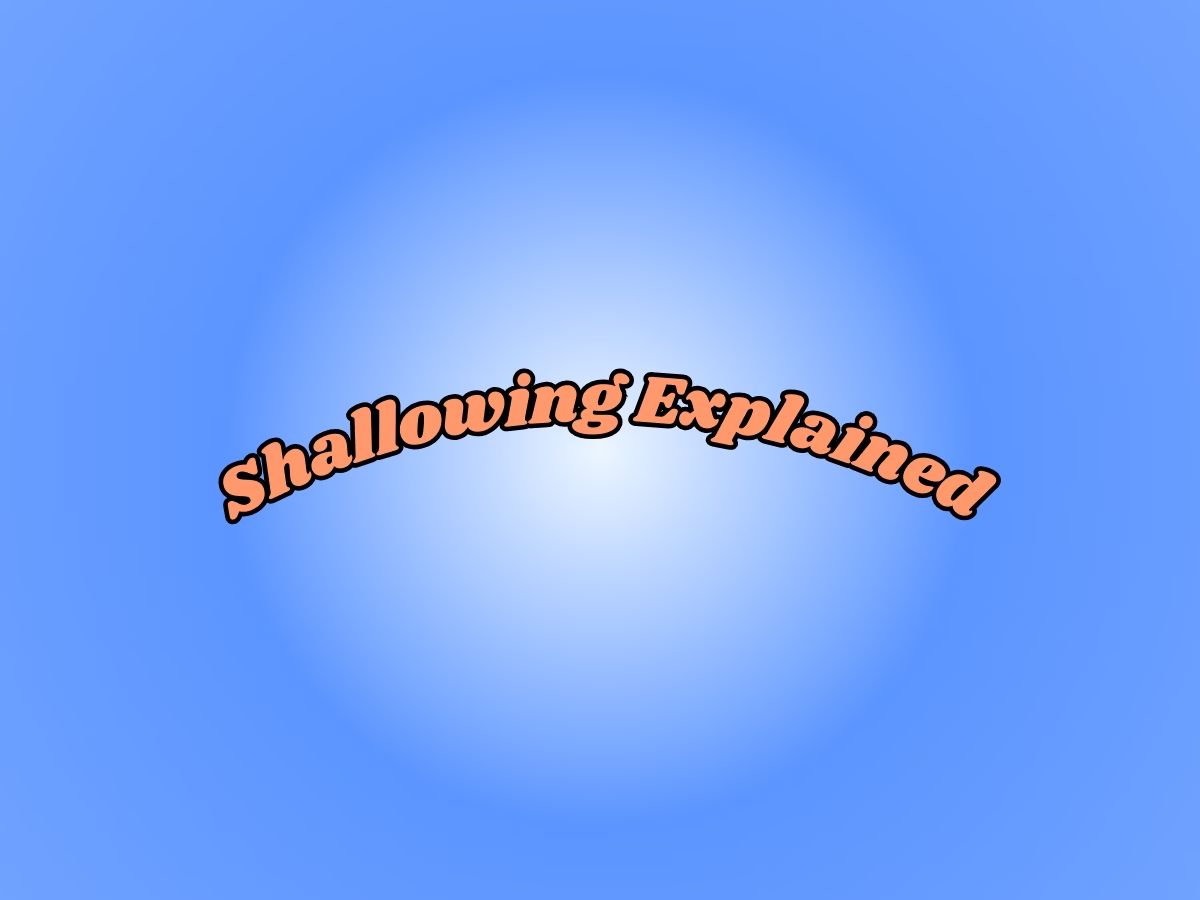Last Updated on July 21, 2025 by Lexi Kisses
The idea of the G-spot was first mentioned in the International Journal of Sexology by Dr. Gräfenberg in the 1950s. And, throughout the years, many doctors have tried to prove its existence to no avail.
But, that research didn’t go to waste and because of it we now know about the clitourethrovaginal complex, or CUV complex, which has since become the new way we understand the G-spot. Or rather, vaginal pleasure.
Where Does the Idea of the G-spot Come From?
The idea of the G-spot comes from a 1950s study published in the International Journal of Sexology named The Role of the Urethra in Female Orgasm.1
The study was by Dr. Gräfenberg.
In the publication, Gräfenberg discusses his observation of the orgasm gap along with his critiques of the ideas behind vaginal pleasure.
Many doctors at the time cited frigidity (lack of interest in sex) to be the main reason vaginal orgasms were less frequent.
Dr. Gräfenberg questioned the validity of such statements, noting that many people with vaginas do and can enjoy sex, yet many still can’t orgasm or find pleasure through penetration.
He acknowledged that the clit may have been just one part of sexual pleasure for those with vaginas, and it was working with other erogenous zones.
The article explains that when a person is properly aroused, stroking a sensitive spot on the anterior vaginal wall causes pleasure.
Gräfenberg believed that stimulating this spot was the key to vaginal ejaculation.
After this publication, many other doctors set out to prove and disprove Gräfenberg’s findings.
Over the years, people named Gräfenberg’s discovery: The G-spot.2
Does the G-spot Exist?
No, the g-spot does not exist, at least not in the way we understand it.
The G-spot is not “a spot” or a hard lump inside that can be felt. Instead, it’s an extension of clitoral tissue (or potentially a part of the clit itself) that extends inside the body. 3
When aroused, this area becomes sensitive, and that is what creates internal pleasure when touched.
To properly stimulate this area, it’s best to focus less on the idea of a “g-spot” and more on the new concept of the Clitorourethrovaginal complex or CUV complex. 4
Instead of finding pleasure “spots,” the CUV complex states that; vaginal pleasure is caused by a series of 3 organs working and communicating in unison to create the feeling of pleasure.5
Stimulating the CUV Complex
To start, it’s important to note that there is no right way to stimulate the CUV complex; sensitivity and pleasure spots vary from person to person.6
Now, here’s my general advice.
- Make sure the person being touched desires it and is open to it mentally.
- If the person being touched isn’t in the mood for it or is indifferent, making any physical contact feel arousing will be difficult.
- Start with gentle touch on or around erogenous zones that are not directly near the CUV area.
- This helps build sexual arousal and tension.
- Stay here for a while. Tease these areas long enough for anticipation to set in fully.
- Some key places to touch are the:
- Neck
- Chest
- Stomach
- Move near the CUV area, being careful not to make direct contact.
- Caress your hands around their inner thighs, upper pelvis, and ass, avoiding touching the vagina directly.
- This helps increase blood flow and warms up the area further.
- Caress your hands around their inner thighs, upper pelvis, and ass, avoiding touching the vagina directly.
- Add more direct external contact.
- Start playing with the clit, labia, and rimming the outside of the vagina’s entrance. Do this for some time.
- Incorporate penetration (if you want).
- Stick a finger, penis, or toy into the vagina, focusing on the anterior wall.
- Start slow and pick up the pace as pleasurable.
- Keep it shallow.
Note
Stimulating the anterior wall of the vagina can be tricky because each person’s sensitive area is slightly different.
Some prefer centered pressure, while others prefer pressure on the left or right side of the anterior wall.
Experiment with unique positions and different angles to find out what feels the best.*
*It’s important to note that if the area isn’t properly aroused and swelled at the time of penetration, this can cause irritation or that needing to pee feeling.7
Final Thoughts
Abandoning the old ways we think about the g-spot will pave the way towards a more pleasurable future.
Now we know that the g-spot is not a spot, but a complex.
A complex that needs to be stimulated in a very certain way in order to feel intense sexual pleasure. And, in some cases, cause vaginal ejaculation.
From this new knowledge, we can better learn how to pleasure ourselves or others with vaginas.
Lastly,
It’s important to remember when discussing the G-spot, that if you don’t like internal penetration, that’s ok.
The existence of the idea has unintentionally created a societal viewpoint that the only real vaginal sex is penetrative and that is just untrue.
Discover the joys of internal pleasure because you want to, not because you have to.
And, if you don’t want to, that’s perfectly fine too.
- Gräfenberg, Ernest. “The Role of Urethra in Female Orgasm .” The International Journal of Sexology, vol. 3, no. 3, Feb. 1950. ↩︎
- Vieira-Baptista, Pedro et al. “G-spot: Fact or Fiction?: A Systematic Review.” Sexual medicine vol. 9,5 (2021): 100435. doi:10.1016/j.esxm.2021.100435 ↩︎
- Rattue, Grace. “G-Spot Scientifically Identified.” Www.medicalnewstoday.com, 25 Apr. 2012, www.medicalnewstoday.com/articles/244590. ↩︎
- Mollaioli, D., Sansone, A., Colonnello, E. et al. Do We Still Believe There Is a G-spot?. Curr Sex Health Rep 13, 97–105 (2021). https://doi.org/10.1007/s11930-021-00311-w ↩︎
- Wei, Letian et al. “The relationship between clitourethrovaginal complex and female orgasm.” Archives of gynecology and obstetrics vol. 308,6 (2023): 1697-1702. doi:10.1007/s00404-023-06977-y ↩︎
- Reddit. ““G-Spot” in the Wrong Place? Anyone Else?” Reddit.com, 2025, www.reddit.com/r/BecomingOrgasmic/comments/18hsbzb/gspot_in_the_wrong_place_anyone_else /. Accessed 5 Mar. 2025. ↩︎
- “G-Spot Controversy.” Youtu.be, 2025, youtu.be/HP_4-6hDYx0. Accessed 5 Mar. 2025. ↩︎






One comment on “Scientists have never proven or found the G-spot”
Comments are closed.